Can you break a 3D printed part? [Video]
Can you break 3D printed components?
Most people still think of toys or just-for-fun parts when they hear the words “3D printing”. Some think of prototyping, but modern 3D printing has gone far beyond that. High-strength components, robotic grippers, assembly tools, spare parts… How is this possible? ⚙
The industrial 3D printers from Markforged can print components with inlaid continuous fibres made of carbon, fibreglass and Kevlar. The result? Components that are stronger than aluminium!
Print tough components, tools, fixtures and small batches quickly and cost-effectively overnight, and meet industrial requirements.
Seriously Tough Stuff
Learn more about the applications with the MarkTwo!
Which continuous fibers are suitable for which applications? How do I properly design for filament 3D printing? What do users say about this and where can I find more information? – You are right here! We have listed some information options that will take you straight to the right answers.


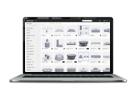
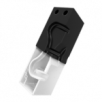
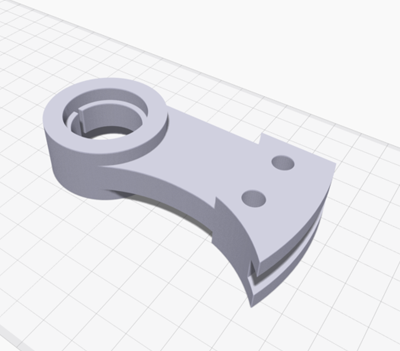
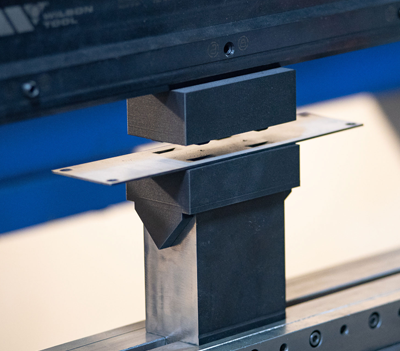
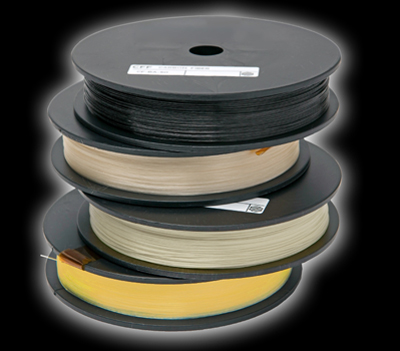


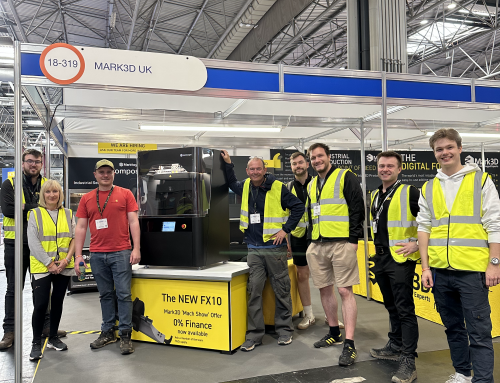
![Jet Dragster Racing [Video] with 3D Printed Parts](https://www.mark3d.com/en/wp-content/uploads/sites/6/2024/01/Josette-Roach-500x383.png)
Leave A Comment